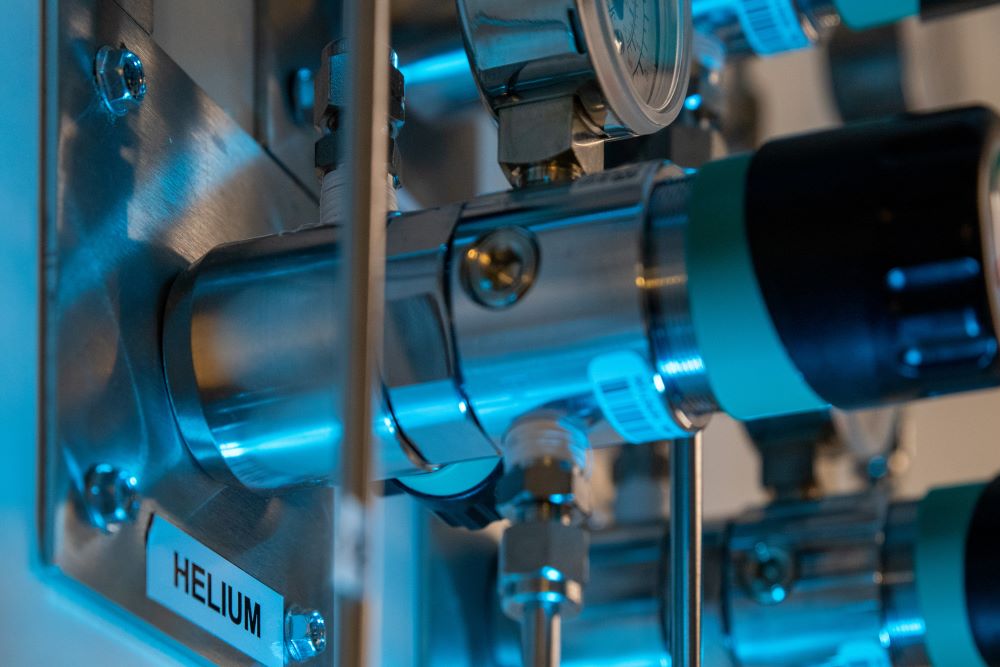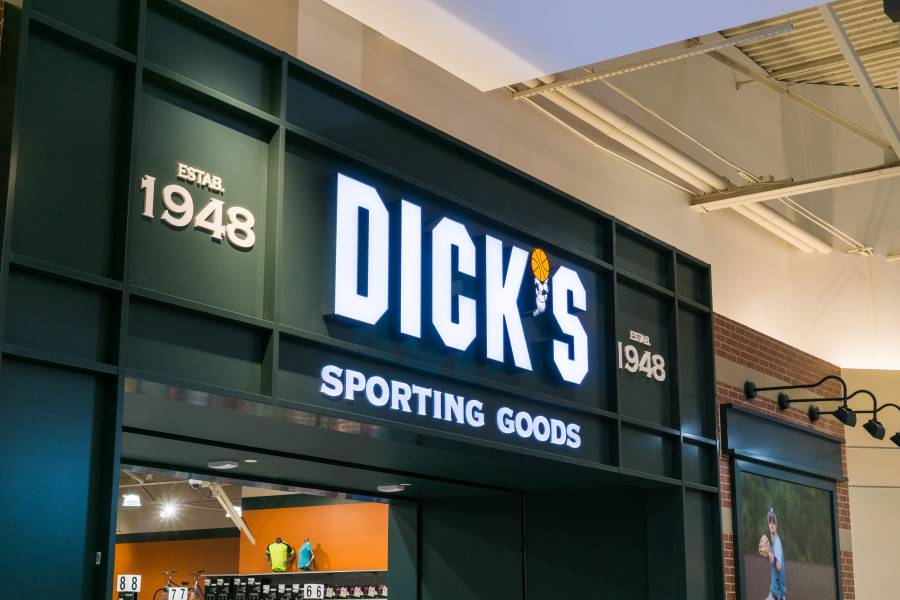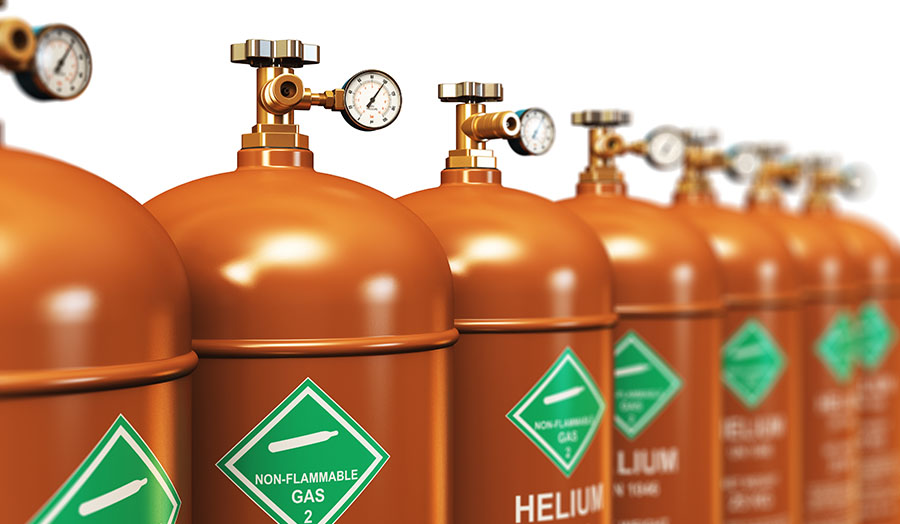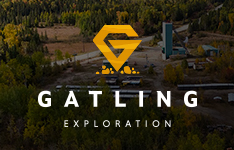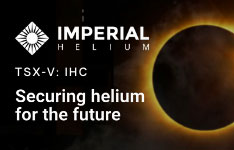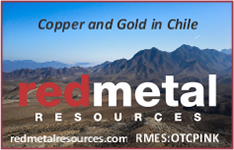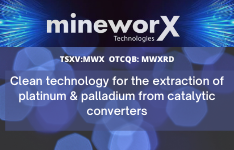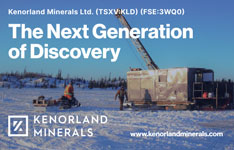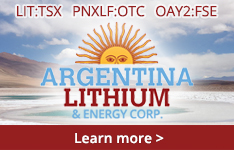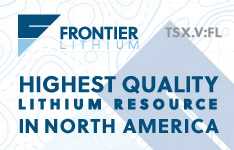On March 8, 1940, following a blowout on hole 13-22-020-12W4 at a deep gas well at Steveville, about 40 kilometers northeast of Brooks, Alberta, the Calgary Herald reported that there were “fist-sized rocks pinging off of the remaining steel of the derrick, striking sparks and then flying high into the air….”
Workers retreated and waited for the inevitable explosion. Only it never came.
Once the blowout was halted later that year, drilling resumed. Steveville was tested at 6 million cubic feet per day (6mcf/d) of non-burnable gas, which consisted of 87% nitrogen and 0.63% helium. The virtual absence of hydrocarbons proved less than appealing — and less than explosive.
Nevertheless, estimates during suggest the blowout flowed at 50 mmcf/d for 100 days.
Four more wells have since been drilled into the underground structure at Steveville in search of oil and natural gas: one in 1945 another in 1947, and as recently as 1974. With the discovery of only nominal quantities of natural gas, the field was never developed.
“When we looked at the drilling around the area, we discovered that others had also drilled on this big basement high,” David Johnson, CEO and director of Imperial Helium Corp. (IHC:TSX.V), tells Streetwise Reports. “We can see that that all the depositional horizons are the same across the high. So we know that the reservoir is continuous — those four drill holes confirm its existence.”
Imperial’s management team looked at more than 600,000 historical drill holes in Alberta and British Columbia in its search for assets with economic helium percentages. About 2,000 of those holes contained helium at greater than 0.5%, but few matched the sheer size of the Steveville structure.
Indeed. The Steveville structure covers a 150 sq. km area and Johnson estimates that Imperial has about 1.1 billion cubic feet (1 bbcf) of helium at Steveville in a contingent resource.
Canada’s helium resources are thought to be more abundant than those of all but five other countries — and none of those countries share a border with the U.S. — the world’s largest helium consumer.
But in 2018 the U.S. Federal Helium System, controlled by the Amarillo, Texas-based U.S. Bureau of Land Management (BLM), announced that it would stop supplying the general market with helium — a move that would remove 2.1 bbcf/yr or roughly 40% from the global supply.
Since then the BLM has been slowly weaning its helium buyers. The BLM is expected to make a full exit from the general helium market at the end of September and then provide helium only to the U.S. government.
As one might expect, this has sent helium prices on a dramatic upward curve. The average price in 2018 was just over US$100/mcf, but now helium hovers around US$300/mcf.
Helium is inert and its unique properties make it an exceptional cooling agent. About 21% of annual helium production is used to dissipate heat generated at giant computer farms belonging to companies like Microsoft, Alphabet, and Amazon.
Meanwhile, about one-third of the world’s helium goes into controlled environments like the manufacturing of microchips. Another big user is the health sector, where helium is used to cool expensive equipment like MRI machines. Only 10% or so goes into balloons.
Imperial Helium is racing to become one of a wave of helium producers seeking to fill the void left by the BLM. The company recently spud (drilled into) its second well, known as IHC-Steveville-2, on the Steveville Helium Property.
IHC-Steveville-2 is the second of two appraisal wells. It targets the crest of the Steveville structure next to where hole 13-22-020-12W4 was drilled in the winter of 1940. The goal is to confirm the historic helium concentrations and flow rates established by the blowout.
In July, Imperial drilled its first well at Steveville, IHC-Steveville-1 (102/03-01-020-12W4). Drilling this hole, Johnson says, confirmed the company’s technical view of the Steveville structure.
Field operations launched in mid-August to evaluate the commercial viability of multiple promising zones in the first appraisal well.
Drilling reached a total depth of 2167.46 meters, and the production testing program is slated to measure for helium concentration, gas composition, reservoir quality, and the potential production rates from each of the zones.
David Johnson, director and chief executive officer of Imperial, commented: "The production tests are our first appraisal of the Steveville structure and are anticipated to contribute toward validation of the structure's resource potential…We remain on schedule with our plan to complete the independent resource assessment during the fourth quarter of 2021".
Testing of IHC-Steveville-1 will be followed by a resource assessment by a third party.
“That's an independent resource assessment that says, ‘Yes, they've drilled this; it's got this amount of gas, and this is producible.’ That's one part of what an offtake agreement requires. The other part that an offtake agreement requires is knowledge that you can deliver the quality of helium that they want,” Johnson explains.
In this case “they” refers to Uniper Trading Canada, a subsidiary of German company Uniper SE, which purchases, moves, stores, and markets large volumes of commercial gases, including helium. It has a market cap close in CA$20 billion. Both Imperial and Uniper Trading Canada signed an offtake agreement in March.
Imperial wants to produce Grade A Helium or 99.999% pure helium. Imperial has modeled Steveville using a raw helium price of US$375/mmcf but Five-9 Helium can fetch US$600/mmcf or more. It commands a greater price because of its myriad of uses.
Imperial plans to prove it’s ability to produce 5-9 helium by putting samples through a pilot proto-type plant (separator) built by ON2 Solutions, a private Manitoba-based company specializing in this type of equipment. The plant will be housed offsite in a nearby warehouse. The two companies also signed an agreement in March.
“With the resource in place, and the commercial (offtake) agreement in place, we will have established commerciality, and therefore we can move our resource from being a contingent resource into a reserve at that point. And that's our objective. And then we're set to go ahead with the development of the field,” Johnson says.
Imperial plans to achieve commercial helium production by the end of 2022, but Johnson says Imperial will likely expand its asset base between now and then.
“So it turns into a bit of a choice. Do we acquire assets? Or do we just use the cash we have to get us through to production? Given the nature of the opportunities, we're leaning towards acquiring these assets, which means we will have a need to raise more capital,” says Johnson, who has spent more than 30 years in the oil and gas space with Shell Canada, Husky Energy (HST:TSX), ExxonMobil (XOM:NYSE), and others.
Imperial Helium is covered by Cormark Securities and VIII Capital. It trades in a 52-week range of $0.26 to $0.46 and has about 85.5 million shares outstanding.
Disclosures:
1) Brian Sylvester compiled this article for Streetwise Reports LLC and provides services to Streetwise Reports as an independent contractor. He or members of his household own securities of the following companies mentioned in the article: None. He and members of his household are paid by the following companies mentioned in this article: None. His company has a financial relationship with the following companies referred to in this article: None.
2) The following companies mentioned in this article are billboard sponsors of Streetwise Reports: Imperial Helium Corp. Click here for important disclosures about sponsor fees. The information provided above is for informational purposes only and is not a recommendation to buy or sell any security.
3) The article does not constitute investment advice. Each reader is encouraged to consult with his or her individual financial professional and any action a reader takes as a result of information presented here is his or her own responsibility. By opening this page, each reader accepts and agrees to Streetwise Reports' terms of use and full legal disclaimer. This article is not a solicitation for investment. Streetwise Reports does not render general or specific investment advice and the information on Streetwise Reports should not be considered a recommendation to buy or sell any security. Streetwise Reports does not endorse or recommend the business, products, services or securities of any company mentioned on Streetwise Reports.
4) From time to time, Streetwise Reports LLC and its directors, officers, employees or members of their families, as well as persons interviewed for articles and interviews on the site, may have a long or short position in securities mentioned. Directors, officers, employees or members of their immediate families are prohibited from making purchases and/or sales of those securities in the open market or otherwise from the time of the decision to publish an article until three business days after the publication of the article. The foregoing prohibition does not apply to articles that in substance only restate previously published company releases. As of the date of this article, officers and/or employees of Streetwise Reports LLC (including members of their household) own securities of Imperial Helium Corp., a company mentioned in this article.



